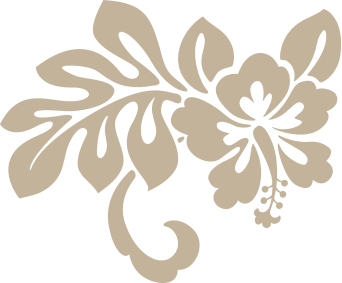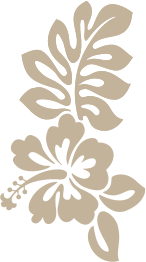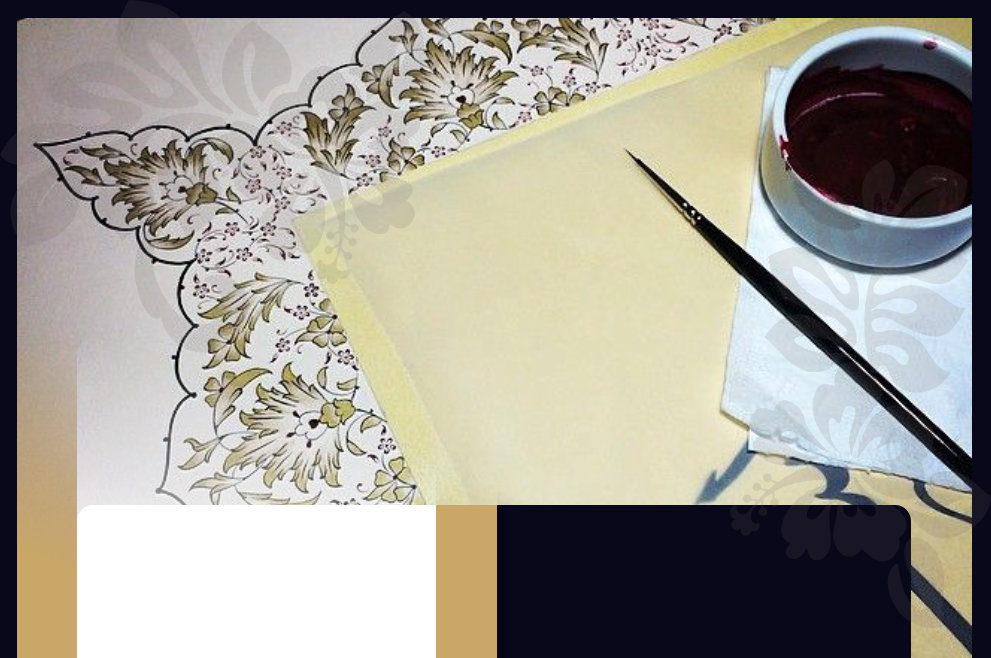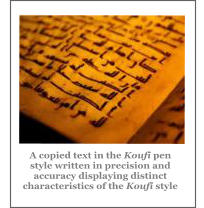

Al-Faraheedi

Copyright © 2011-2018 Academia-srt Network, All Rights Reserved
Arabic Calligraphy
Introduction
Writing is an honorable skill known for its position to preserve and circulate knowledge throughout time. Muslim scholars mention that when “..the effect of spoken words fade away, only the penman’s handwriting remains alive and proliferates within populations.” The task of writing was refined with the advent of Islamic culture in a step to conserve the Quran, a book which was preserved since its first inscription. It was for this main purpose that Muslims united and converted to the Arabic writing system and nominated the Hijazi Meccan script for the purpose of recording of the Quran and prophetic traditions In earlier times, only civilizations south and north to the Arabia Peninsula, including the Mesopotamia, as well as civilizations in the east had reached an accepted level of knowledge and fine art to achieve this skill and produce manuscripts well preserved to this day. The script nominated for scribing the Quran was as some theorist consider the Nabataean alphabets, a script which developed earlier from proto-Canaanite characters. Other theories relate it to the Hadhari script of the Arabic Hadhari civilization of the Hera region due to evident similar formations of letters as well as narrations provided in manuscripts. The earlier Hijazi script was also known as al-jazm, and later afterwards named the Meccan script. The adopted script was basically utilized by neighboring Arab tribes in the Hijaz region and eventually developed to found the six calligraphic pens in an artistic tradition which ultimately spread in the following centuries throughout the vast geography of the Islamic world. There are six basic styles or pens of Arabic calligraphy which followed the different schools or cultural centers they originated from. The formation of styles did not follow a linear movement, but rather a number of various forms appeared simultaneously, evolving distinctively. The first of these styles to evolve from the Hijazi script was the Koufi style. The Thuluth style followed in a short span of time along with its two main variants, the Naskh and Riqaa. The Diwani school evolved distinctly and was considered the “royal script” as it prevailed in imperial inscriptions., The Farisi font was rooted far to the east while the Moroccan, also named the Andalusian style, dominated in the western provinces. Moreover, the Sinii script which was formulated by the Muslims of China and influenced from Chinese calligraphy was another form of the Arabic script which utilized a “horsehair brush” rather than the standard reed pen. The Thuluth and Naskh fonts are curved scripts while both the Koufi and Moroccan represent angular, straight-lined patterns. Each form varies considerably from one school to another but still regularized with geometrical principles and decorated in almost every Islamic work. It is a well established fact that Arabic calligraphic artwork was practiced and intensified with the geographical spread of the Islamic faith.A Brief History
In the 18th year of the Hijri calendar (6th century CE) with the expansion of the Islamic provinces, the second Caliph Umar ibn Al-Khattaab established the northern city of Koufa, a small town in Iraq, in addition to the neighboring city of Busra and pronounced the later the new political capital of the Islamic empire. As a result, learning and schooling subsequently increased in both provinces and the style and method of writing developed even further as it became a profession in need of refinement. The locals of the new lands adopted and utilized the Hijazi script and referred to it as the Meccan script as it initiated in Mecca. In time, the font was furthermore rendered in drawing in the city of Koufa and soon afterwards given the name “the Koufi font”. In the city of Busra, the local script developed was named “the Basri font”, but soon reverted and renamed the Koufi pen once again. Both scripts were straight-lined, elongated horizontally and vertically, and distinguished with their angular and squareness pattern. As the writing of manuscripts intensified in intellectual squares, and publications spread in both the eastern and western provinces, the need arose for a more flexible script and style. This is when the Naskh font (inscriptional) appeared and remained the most commonly selected font for the recording of fine literature and art. In summary, the two basic models which prevailed in Arabic calligraphy during that period were: 1.The dry form: utilized to draw on constructions and used geometrical straight lines and right angles. The most famous school was the Koufi font. 2.The smooth form: letters were rounded and arched, used to record manuscripts and different publications. Most famous of these forms was the Naskh font.A Calligraphers Tools and Material
• Hand crafted paper. • Reed and brush pens called the qalam (reed pens were preferred by Muslim calligraphers) • Ink pot pounded on a mortar with ink produced from soot and gum. Pure gold ink was produced from crushed gold leafs. • Boxes to keep the reed pen and inkwell. • Pen knife used to prepare the reed pens. Continue to the different Arabic calligraphic styles





Al-Faraheedi

Copyright © 2011-2018 Academia-srt Network, All Rights Reserved
Arabic Calligraphy
Introduction
Writing is an honorable skill known for its position to preserve and circulate knowledge throughout time. Muslim scholars mention that when “..the effect of spoken words fade away, only the penman’s handwriting remains alive and proliferates within populations.” The task of writing was refined with the advent of Islamic culture in a step to conserve the Quran, a book which was preserved since its first inscription. It was for this main purpose that Muslims united and converted to the Arabic writing system and nominated the Hijazi Meccan script for the purpose of recording of the Quran and prophetic traditions In earlier times, only civilizations south and north to the Arabia Peninsula, including the Mesopotamia, as well as civilizations in the east had reached an accepted level of knowledge and fine art to achieve this skill and produce manuscripts well preserved to this day. The script nominated for scribing the Quran was as some theorist consider the Nabataean alphabets, a script which developed earlier from proto-Canaanite characters. Other theories relate it to the Hadhari script of the Arabic Hadhari civilization of the Hera region due to evident similar formations of letters as well as narrations provided in manuscripts. The earlier Hijazi script was also known as al-jazm, and later afterwards named the Meccan script. The adopted script was basically utilized by neighboring Arab tribes in the Hijaz region and eventually developed to found the six calligraphic pens in an artistic tradition which ultimately spread in the following centuries throughout the vast geography of the Islamic world. There are six basic styles or pens of Arabic calligraphy which followed the different schools or cultural centers they originated from. The formation of styles did not follow a linear movement, but rather a number of various forms appeared simultaneously, evolving distinctively. The first of these styles to evolve from the Hijazi script was the Koufi style. The Thuluth style followed in a short span of time along with its two main variants, the Naskh and Riqaa. The Diwani school evolved distinctly and was considered the “royal script” as it prevailed in imperial inscriptions., The Farisi font was rooted far to the east while the Moroccan, also named the Andalusian style, dominated in the western provinces. Moreover, the Sinii script which was formulated by the Muslims of China and influenced from Chinese calligraphy was another form of the Arabic script which utilized a “horsehair brush” rather than the standard reed pen. The Thuluth and Naskh fonts are curved scripts while both the Koufi and Moroccan represent angular, straight-lined patterns. Each form varies considerably from one school to another but still regularized with geometrical principles and decorated in almost every Islamic work. It is a well established fact that Arabic calligraphic artwork was practiced and intensified with the geographical spread of the Islamic faith.A Brief History
In the 18th year of the Hijri calendar (6th century CE) with the expansion of the Islamic provinces, the second Caliph Umar ibn Al-Khattaab established the northern city of Koufa, a small town in Iraq, in addition to the neighboring city of Busra and pronounced the later the new political capital of the Islamic empire. As a result, learning and schooling subsequently increased in both provinces and the style and method of writing developed even further as it became a profession in need of refinement. The locals of the new lands adopted and utilized the Hijazi script and referred to it as the Meccan script as it initiated in Mecca. In time, the font was furthermore rendered in drawing in the city of Koufa and soon afterwards given the name “the Koufi font”. In the city of Busra, the local script developed was named “the Basri font”, but soon reverted and renamed the Koufi pen once again. Both scripts were straight-lined, elongated horizontally and vertically, and distinguished with their angular and squareness pattern. As the writing of manuscripts intensified in intellectual squares, and publications spread in both the eastern and western provinces, the need arose for a more flexible script and style. This is when the Naskh font (inscriptional) appeared and remained the most commonly selected font for the recording of fine literature and art. In summary, the two basic models which prevailed in Arabic calligraphy during that period were: 1.The dry form: utilized to draw on constructions and used geometrical straight lines and right angles. The most famous school was the Koufi font. 2.The smooth form: letters were rounded and arched, used to record manuscripts and different publications. Most famous of these forms was the Naskh font.A Calligraphers Tools and Material
• Hand crafted paper. • Reed and brush pens called the qalam (reed pens were preferred by Muslim calligraphers) • Ink pot pounded on a mortar with ink produced from soot and gum. Pure gold ink was produced from crushed gold leafs. • Boxes to keep the reed pen and inkwell. • Pen knife used to prepare the reed pens. Continue to the different Arabic calligraphic styles





























